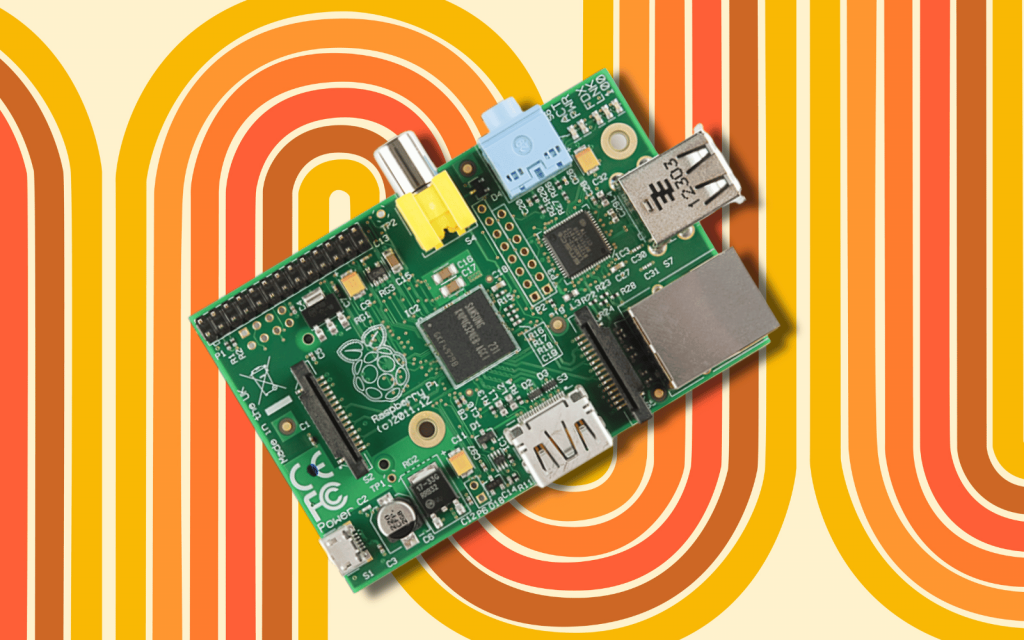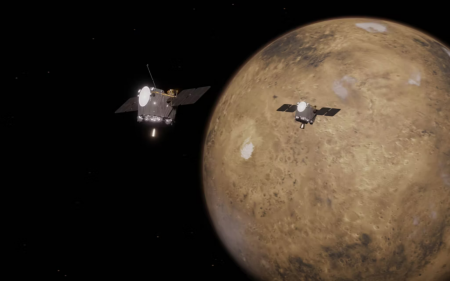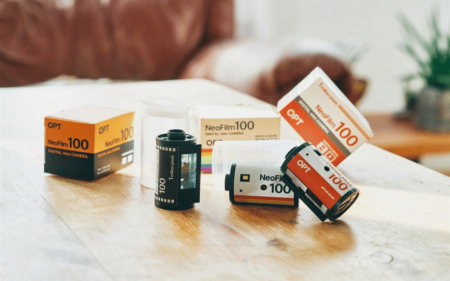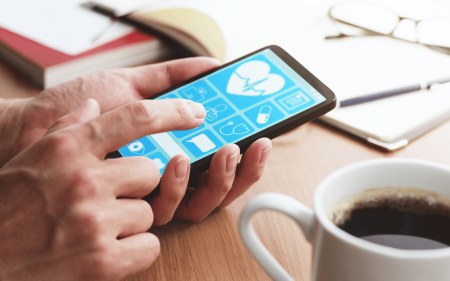You’ve outdone yourselves. We’re now apparently getting nostalgic about a circuit board.
Not just any circuit board: this is the original Raspberry Pi. And although it looks like it’s been fished out of a parts bin, this tiny device kickstarted a revolution upon its release a decade ago. A team including engineering guru Eben Upton and Elite creator David Braben had identified a crisis in computer science: interest was dwindling and many of those who did rock up at varsity had barely any programming experience. The Pi was designed to get people experimenting.
Did they first experiment by communicating with it in mime? There’s not even a keyboard.
Ah, but that’s the point. The tech of the day was increasingly closed, while schools had shifted from teaching computer science and electronics to the more superficial subject of ICT. So the Pi invited you to get properly stuck in, connecting whatever you wanted or needed to. The idea was that young geeks would, as Braben put it, “engage in things we’re all consumers of but not creators of”, thereby harking back to the 8-bit era of kids smashing away at the keys on their ZX Spectrums.
OK, so – and this is vitally important – could you play the original Elite on it?
Indeed you could. That very first Pi lacked the power of a laptop, but it had enough clout to run a desktop-style OS for which folks crafted apps and emulators. Yet while the Pi’s roots grew in part from nostalgia, its success was all about the future. This unassuming circuit board blew a raspberry at an industry keen to cut people off from the technology they used. With a Pi and some smarts, you could create wonderful contraptions that would otherwise not have existed – and that you could truly call your own.




